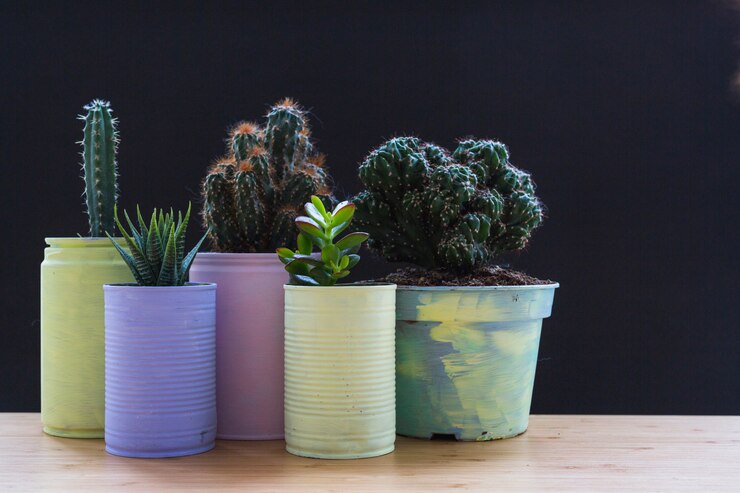Plastic pots have become a popular choice for gardeners and plant enthusiasts alike. They are lightweight, durable, and easy to find, making them an ideal container for a variety of plants and settings. With many shapes, sizes, and colors available, plastic pots cater to both indoor and outdoor gardening needs.
Their versatility allows for creative designs while ensuring proper drainage and plant health. Over the years, innovations in manufacturing have improved the quality and sustainability of these pots, helping to address environmental concerns. This article will explore the benefits, types, and practical uses of plastic pots, offering insights for both novice and experienced gardeners.
Key Takeaways
- Plastic pots are lightweight and easy to handle.
- They come in many styles, making them suitable for different plants.
- Improvements in manufacturing enhance their durability and sustainability.
History of Plastic Pots
Plastic pots have transformed gardening and plant care practices over time. Their development brought significant changes in how plants are grown, sold, and transported.
Early Developments
Before plastic pots became popular, most plant containers were made of clay or wood. These materials were heavy and limited the ease of handling plants. In the early 20th century, the introduction of plastics began to change this.
With World War II, plastic production increased. After the war, efforts shifted to consumer goods, including gardening products. By the 1960s, plastic pots emerged widely in nurseries. Their light weight and durability made them appealing for both growers and customers.
Plastic pots also had an advantage over terracotta pots, as they could be produced in larger quantities, reducing costs. This shift allowed for year-round plant sales and expanded the gardening market.
Modern Advancements
Today, the design and materials of plastic pots have advanced significantly. New types of plastics, like recycled materials, are now used. This helps reduce environmental impact while maintaining functionality.
Manufacturers have introduced features like drain holes and molded shapes that promote better plant health. Additionally, some modern plastic pots are designed for better insulation, protecting roots from temperature extremes.
With the rise of e-commerce, lightweight plastic pots allow for easier shipping. Their resilience also means they can withstand various weather conditions, making them suitable for both indoor and outdoor use. This adaptability has solidified their place in gardening today.
Types of Plastic Pots
Plastic pots come in various types, each with different properties and uses. Understanding these types can help gardeners choose the right pot for their plants and gardening needs.
Polyethylene Pots
Polyethylene pots are widely used in gardening due to their durability and flexibility. These pots are often lightweight and resistant to moisture, making them excellent choices for both indoor and outdoor use.
Key Features:
- Water Resistance: They hold moisture well, reducing the need for frequent watering.
- UV Protection: Designed to withstand sunlight, they do not easily degrade outdoors.
- Affordability: Generally lower in cost compared to other types of plastics.
Polyethylene pots come in various sizes, allowing versatility for different plants, from small herbs to larger flowers.
Polypropylene Pots
Polypropylene pots are noted for their strength and stability. This type of plastic is commonly used in pots that require injection molding, offering a smooth finish and practical designs.
Key Features:
- Chemical Resistance: They resist many chemicals, making them safe for fertilizers and soil amendments.
- Temperature Tolerance: They can handle a wider range of temperatures without losing integrity.
- Recyclability: Polypropylene is recyclable, making it an eco-friendlier option.
These pots often feature drainage holes and can be found in various colors and shapes to suit various gardening styles.
Polystyrene Pots
Polystyrene pots are lightweight and usually less durable than other plastic options. They are commonly used for seed starting and temporary planting due to their cost-effectiveness.
Key Features:
- Insulation: Polystyrene provides some insulation for plants, helping to keep roots warm.
- Budget-Friendly: These pots are often the least expensive, making them accessible for many gardeners.
- Limited Durability: They may crack or break more easily compared to polyethylene and polypropylene pots.
While ideal for short-term use, gardeners should consider their longevity when selecting polystyrene pots for long-term planting.


